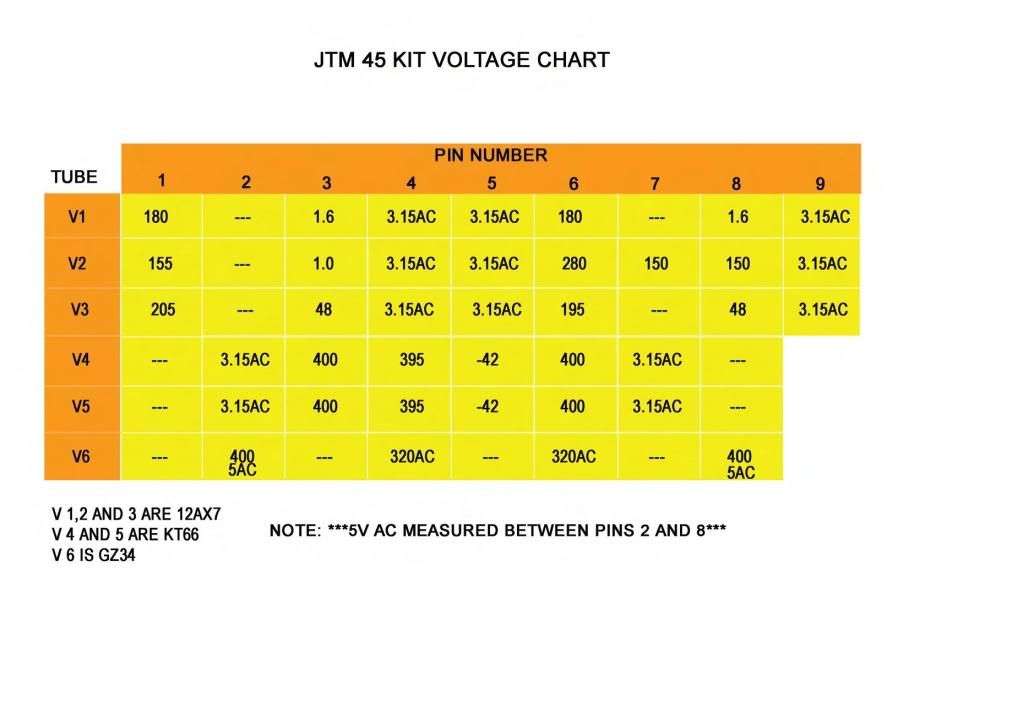I had the working chassis sitting on a plank of wood, unpowered, and I knocked into it pretty hard, bending over the V1 tube enough to bend the pins a bit. I used the socket to straighten out the pins, pulled it out, and stuck it back in. Tried putting power to it and it blew the mains fuse. I pulled the tube out again and noticed that pin 3 had broken off and was stuck in the socket. I removed the broken pin from the socket and inspected the socket from both ends and everything looked good. Put a new tube in and now it's blowing the mains fuse when I engage the standby switch, no short with mains only.
I pulled out the old light bulb limiter and took some voltage readings on V1 with both switches engaged:
P1 - 141
P2 - 0
P3 - .803
P6 - 142.7
P7 - 0
P8 - .803
I'm not even sure how to start troubleshooting this thing. What did I f k up?
k up? 
I pulled out the old light bulb limiter and took some voltage readings on V1 with both switches engaged:
P1 - 141
P2 - 0
P3 - .803
P6 - 142.7
P7 - 0
P8 - .803
I'm not even sure how to start troubleshooting this thing. What did I f


Comment